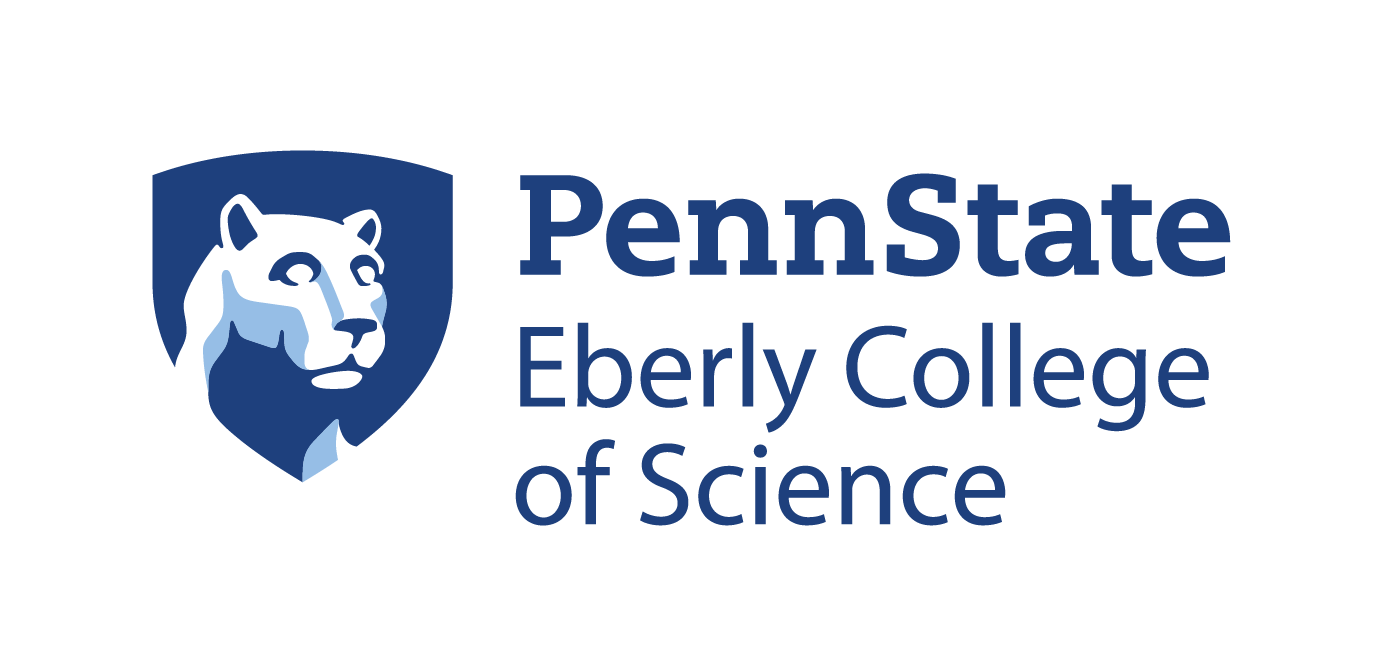Overview of the Tool
The Capturing Classroom Engagement Data for Instructor Reflection (CCEDIR) tool is designed to enhance teaching effectiveness through self-reflection. Developed collaboratively by the Grove Center and Penn State’s Teaching and Learning with Technology (TLT), this app allows observers to capture real-time engagement data during classroom sessions. Instructors can then review this data through intuitive visualizations, helping them understand how time is spent on various pedagogical activities. By facilitating pre- and post-observation discussions, the CCEDIR observation tool supports instructors in setting goals, reflecting on their teaching practices, and making informed adjustments to improve student engagement. This observation tool is specifically designed for the Eberly College of Science. However, the tool was created so that it could be adopted by other units within the University. If you would like to explore this app, please contact our office.
Importance of Self-Reflection in Teaching
Self-reflection is a crucial component of effective teaching, as it allows educators to critically evaluate their instructional methods and student engagement. By regularly reflecting on their teaching practices, instructors can identify strengths and areas for improvement, leading to more informed and intentional pedagogical decisions. This process not only enhances the quality of education but also fosters a growth mindset, encouraging continuous professional development and adaptation to meet the diverse needs of students.
Collaboration between Grove Center and TLT
The collaboration between the Grove Center and TLT has been instrumental in developing the CCEDIR tool. By combining Grove Center members’ knowledge in educational research and pedagogy with TLT’s technological innovation, we have created a powerful app that supports instructors in capturing and reflecting on classroom engagement data. This partnership underscores a shared commitment to enhancing teaching effectiveness and fostering a culture of continuous improvement in education.
How CCEDIR Works
Before the designated class period, instructors meet with observers to discuss course goals and specific areas of focus for the observation. This preparation phase ensures alignment between instructional objectives and observation goals, setting the stage for targeted observations.
During the class session, observers use the CCEDIR app to capture data on instructor and student activities, interactions, and engagement levels. The app’s intuitive interface allows for seamless data collection, providing valuable insights into classroom dynamics.
After the class, instructors receive the exported data as a CSV file from the observation via email.
They then engage in a constructive post-observation conversation with the observers to reflect on the captured data, identify strengths, and explore opportunities for growth.
Finally, instructors upload the CSV file they received via email to the CCEDIR app, which generates visualizations of the data, helping them understand how time was spent on various pedagogical activities. Reviewing these visualizations allows instructors to gain insights and make informed adjustments to their teaching practices. It is important to note that all data is private and solely for the instructor’s reflection and growth, ensuring confidentiality, and that it is not shared or used for evaluating performance.
Training and Support
Instructors can receive comprehensive training and support for using the CCEDIR tool through the Grove Center. The center offers a range of resources, including a detailed training guide with step-by-step instructions to help instructors and their observers become proficient with the app. Additionally, the Grove Center team is available for consultations to answer any questions and provide personalized assistance. Instructors can schedule training sessions to ensure they are fully prepared to use the CCEDIR app effectively. Please contact us for more information.






